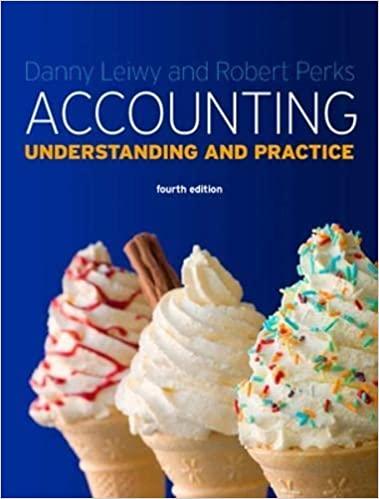Question
Flexible Budgeting and Standard Costing Project The Milieu Manufacturing Company (MMC) makes and sells two products, A and B. Each product is made up of
Flexible Budgeting and Standard Costing Project
The Milieu Manufacturing Company (MMC) makes and sells two products, A and B. Each
product is made up of two raw materials, RM-1 and RM-2. Established standards and projected costs for the next year are as follows:
Product A B
| Input cost | quantity | cost | quantity | cost | |
|---|---|---|---|---|---|
| RM-1 | $10/unit | 2 units | $20 | 3 units | $30 |
| RM-2 | $15/unit | 3 units | $45 | 4 units | $60 |
| Direct Labor | $20/hour | 4 hours | $80 | 5 hours | $100 |
| Variable OH | 50%DL$ | 4 hours | $40 | 5 hours | $50 |
| Total Standard Variable Cost | $185 | $240 | |||
| Budgeted Selling Price | $500 | $600 |
Fixed OH costs: $3,600,000, allocated on the practical capacity basis of 90,000 direct labor hours.
Selling and Administrative costs: $2,000,000.
Budgeted and actual unit and selling price figures were as follows:
Product A B
Budgeted sales 10000 units 7000 units
Actual sales 11325 units 6000 units
Actual production 11500 units 7500 units
Actual selling price $490 $610
Anticipated market size 170,000 units
Anticipated market share 10%
Actual market size 165,000 units
Actual market share ?
Actual results were as follows:
Use
Input Beginning Bal. Purchases Cost Product A Product B
RM-1 2000 units 47,000 units $477,050 22,500 units 22,000 units
RM-2 4000 units 64,000 units $950,400 36,225 units 31,500 units
DLabor $1,634,075 45,000 hrs 36,500 hrs
Variable OH $840,000
Fixed OH $3,575,000
Selling and Administration $2,086,000
Required:
Part I.
A. Produce a budgeted Income Statement
B. Produce a flexible budget Income Statement
C. Produce an actual Income Statement: assume that any beginning RM inventory cost the
same per unit as this year's actual unit price. Assume there was no beginning FG inventory.
D. What is the total operating income variance?
Part II.
A. For each product, calculate the
1. Materials price variance
2. Materials usage variance
3. Direct labor rate variance
4. Direct labor efficiency variance
5. Variable overhead rate variance
6. Variable overhead efficiency variance
B. Analyze MMC's variable cost variances and provide reasonable explanations for what may have caused them.
C. In total, calculate the:
1. Fixed overhead budget variance
2. Fixed overhead volume variance
3. Amount of under or over-applied overhead
4. Overhead spending variance if MMC uses a three-way OH variance
5. Total overhead flexible budget variance if MMC uses a two-way OH variance.
D. Taking into account all manufacturing variances, analyze MMC's operating efficiency.
Part III.
A. Calculate:
1. Individual and total selling price variances
2. The sales volume variance
3. The sales mix variance
4. The market size variance
5. The market share variance
B. Taking all the sales and market variances into account. evaluate MMC's overall effectiveness.
Step by Step Solution
There are 3 Steps involved in it
Step: 1

Get Instant Access to Expert-Tailored Solutions
See step-by-step solutions with expert insights and AI powered tools for academic success
Step: 2

Step: 3

Ace Your Homework with AI
Get the answers you need in no time with our AI-driven, step-by-step assistance
Get Started


